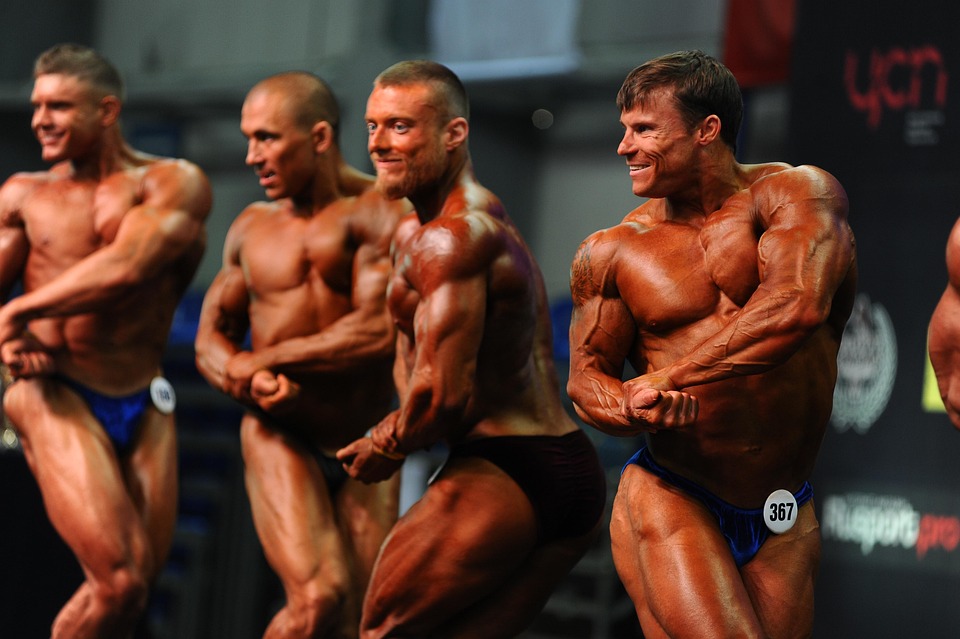The Role of Nutrition in Muscle Hypertrophy: Fueling Your Gains with [modern_footnote_source_link]
When it comes to achieving muscle hypertrophy—an increase in muscle size and strength—the right training regimen is only half the battle. Nutrition plays a crucial role in maximizing gains, providing the body with the necessary fuel and building blocks to facilitate recovery, muscle repair, and growth. In this article, we’ll delve into the essential nutritional components that contribute to muscle hypertrophy, explain their roles in the body, and offer practical tips for optimizing your diet to fuel your gains.
Understanding Muscle Hypertrophy
Muscle hypertrophy occurs when muscle fibers undergo stress and strain during resistance training, leading to micro-tears. The body responds by repairing these fibers and, with the right stimulus and recovery, can increase muscle mass. For hypertrophy to be fully realized, it is essential to create a conducive environment through proper nutrition and training.
Key Nutritional Components for Muscle Growth
1. Protein: The Building Block of Muscle
Protein intake is critical for muscle hypertrophy. Proteins are made up of amino acids, which are essential for repairing and building muscle tissue. The recommended intake for those engaged in strength training typically ranges from 1.6 to 2.2 grams of protein per kilogram of body weight per day.
Sources of Protein:
- Animal-based: Chicken, turkey, beef, fish, eggs, and dairy.
- Plant-based: Lentils, chickpeas, quinoa, tofu, tempeh, and edamame.
2. Carbohydrates: The Primary Energy Source
Carbohydrates are crucial as they serve as the primary energy source during workouts. Consuming adequate carbohydrates ensures that your body has enough glycogen stores to power through training sessions. Additionally, carbohydrates can stimulate insulin release, which plays a role in nutrient uptake by muscle cells.
Sources of Carbohydrates:
- Whole grains: Oats, brown rice, quinoa, and whole-grain bread.
- Fruits: Bananas, berries, apples, and oranges.
- Vegetables: Sweet potatoes, potatoes, and various leafy greens.
3. Fats: Supporting Hormonal Balance
While often misunderstood, healthy fats should not be neglected. They play a significant role in hormone production—think testosterone, which is linked to muscle growth. Healthy fats also help with nutrient absorption and provide a source of energy.
Sources of Healthy Fats:
- Avocados, nuts, seeds, olive oil, and fatty fish like salmon.
4. Hydration: The Often Overlooked Factor
Staying well-hydrated is crucial for optimal performance and recovery. Dehydration can lead to decreased strength and endurance. Water also aids in nutrient transport and digestion, ensuring that the body can efficiently utilize its food intake.
5. Micronutrients: The Unsung Heroes
While macronutrients (proteins, carbs, and fats) get most of the attention, micronutrients (vitamins and minerals) are equally important for muscle function, energy production, and recovery.
Key Micronutrients:
- Calcium and Vitamin D: Important for muscle contraction and bone health.
- Magnesium: Plays a role in muscle contraction and relaxation.
- B Vitamins: Crucial for energy metabolism.
Timing Your Nutrition for Maximum Gains
Nutrient timing can also influence how effectively the body utilizes the nutrients consumed. The post-workout window—often referred to as the "anabolic window"—is particularly important. Consuming both protein and carbohydrates within 30 minutes to two hours after exercising can help replenish glycogen stores and kick-start the muscle recovery process.
Pre-Workout Nutrition
A balanced meal or snack containing both carbohydrates and protein about 1-2 hours before your workout can provide the necessary fuel for your body. Consider oats with protein powder, chicken with sweet potatoes, or yogurt with fruit.
Post-Workout Nutrition
After your workout, aim for a meal rich in protein and carbohydrates, such as a protein shake with a banana or a grilled chicken salad with quinoa and vegetables.
Conclusion: Fueling Your Gains
Achieving muscle hypertrophy hinges not just on lifting weights but on providing your body with the right nutrition to support growth. By understanding the roles of macronutrients, micronutrients, hydration, and nutrient timing, athletes and fitness enthusiasts can create a diet that fosters muscle growth and recovery. Remember, consistency is key; prioritize balanced meals, stay hydrated, and adjust your nutrition as necessary to align with your training goals. By doing so, you’ll be well on your way to maximizing your muscle gains and unlocking your full potential in the gym.
For references and further reading, please consult resources at [modern_footnote_source_link].


























Add Comment